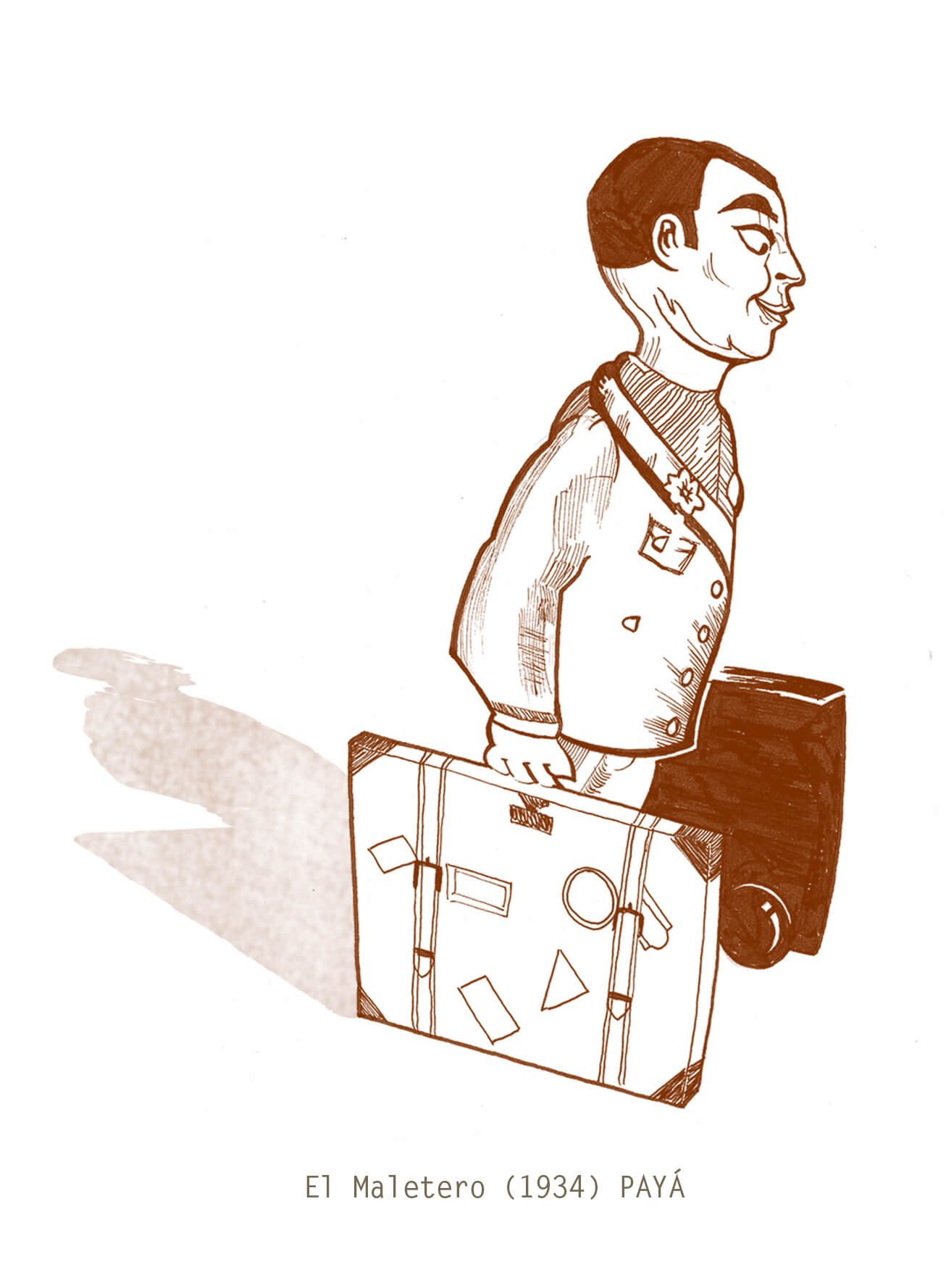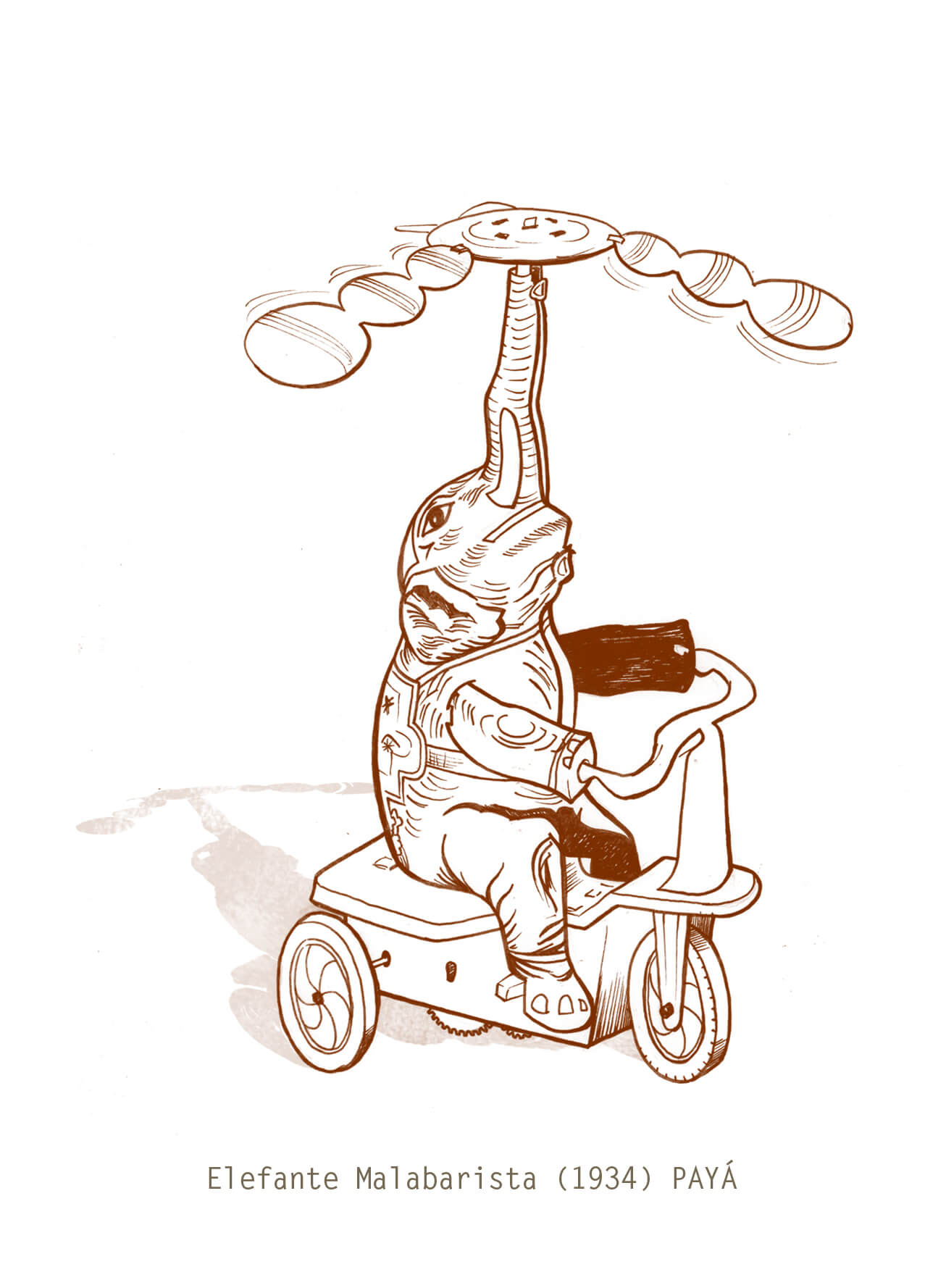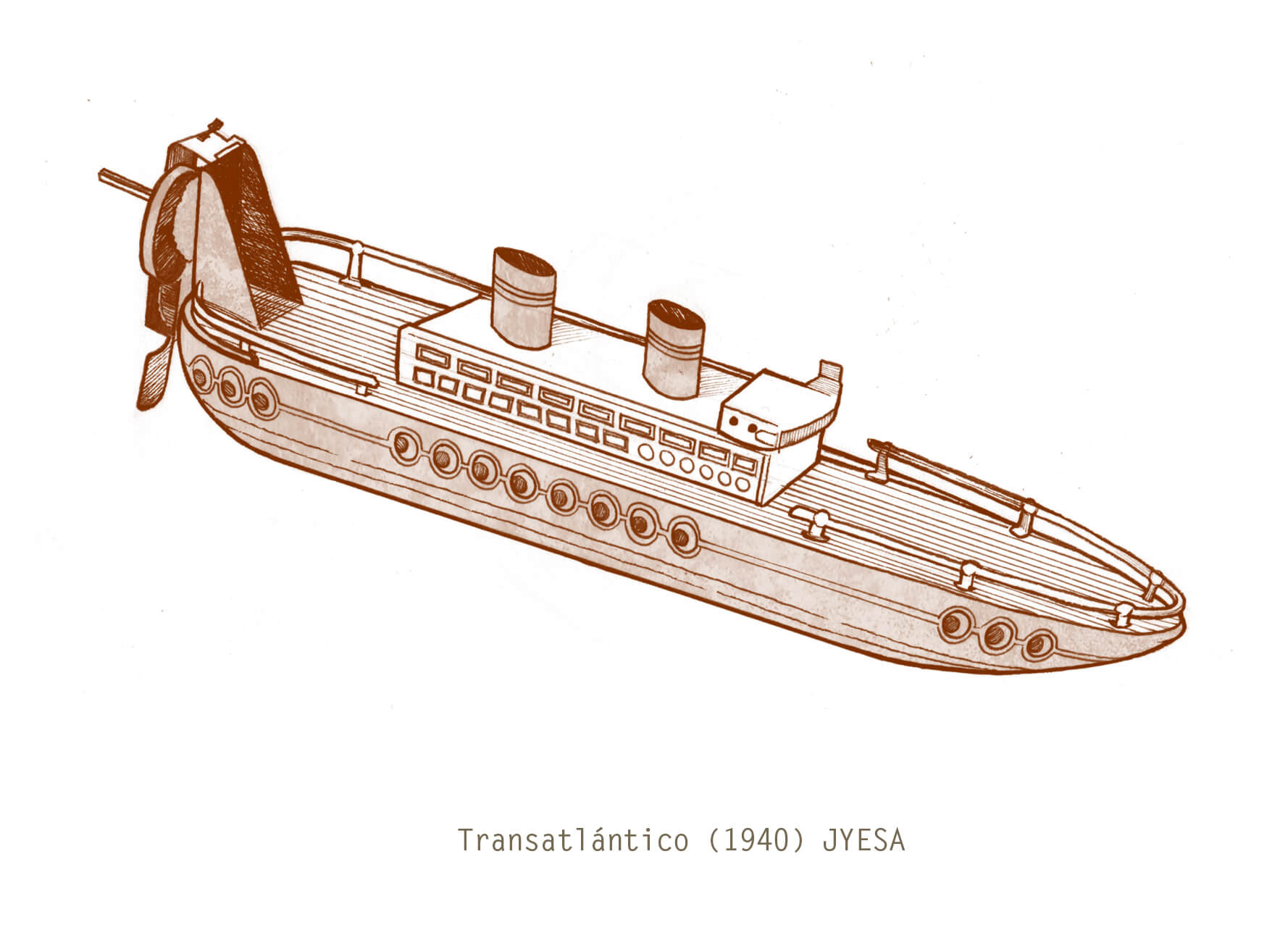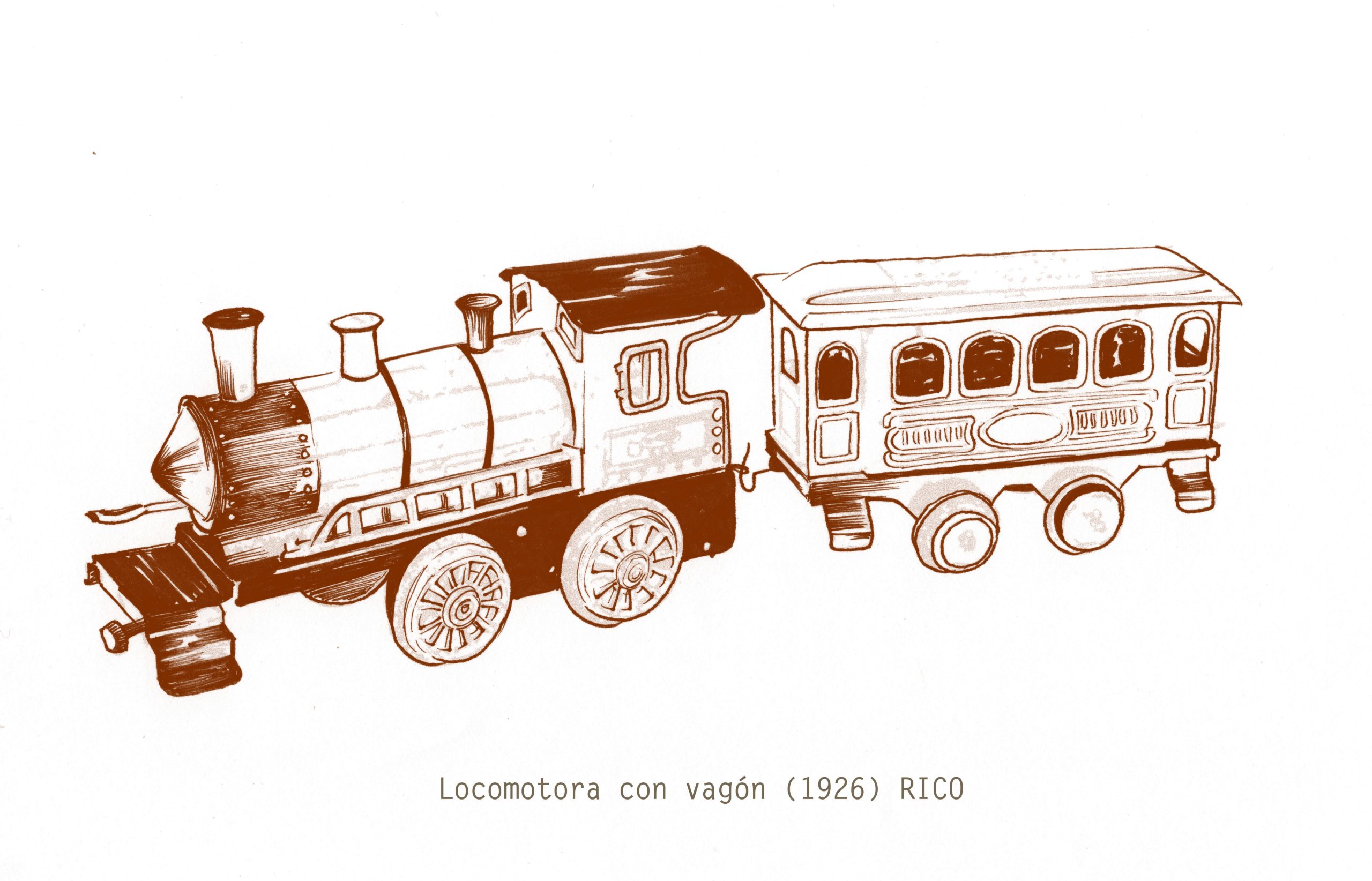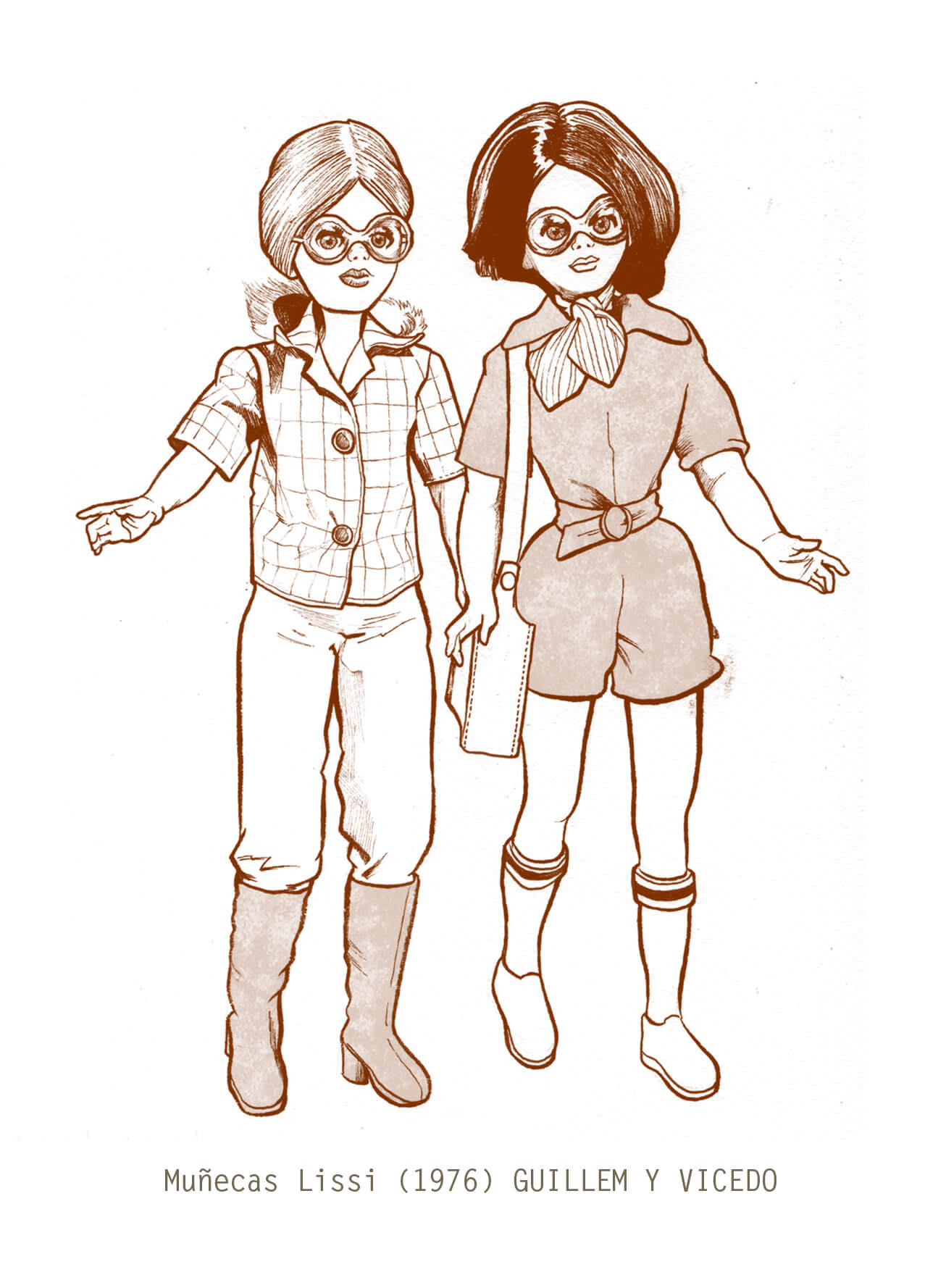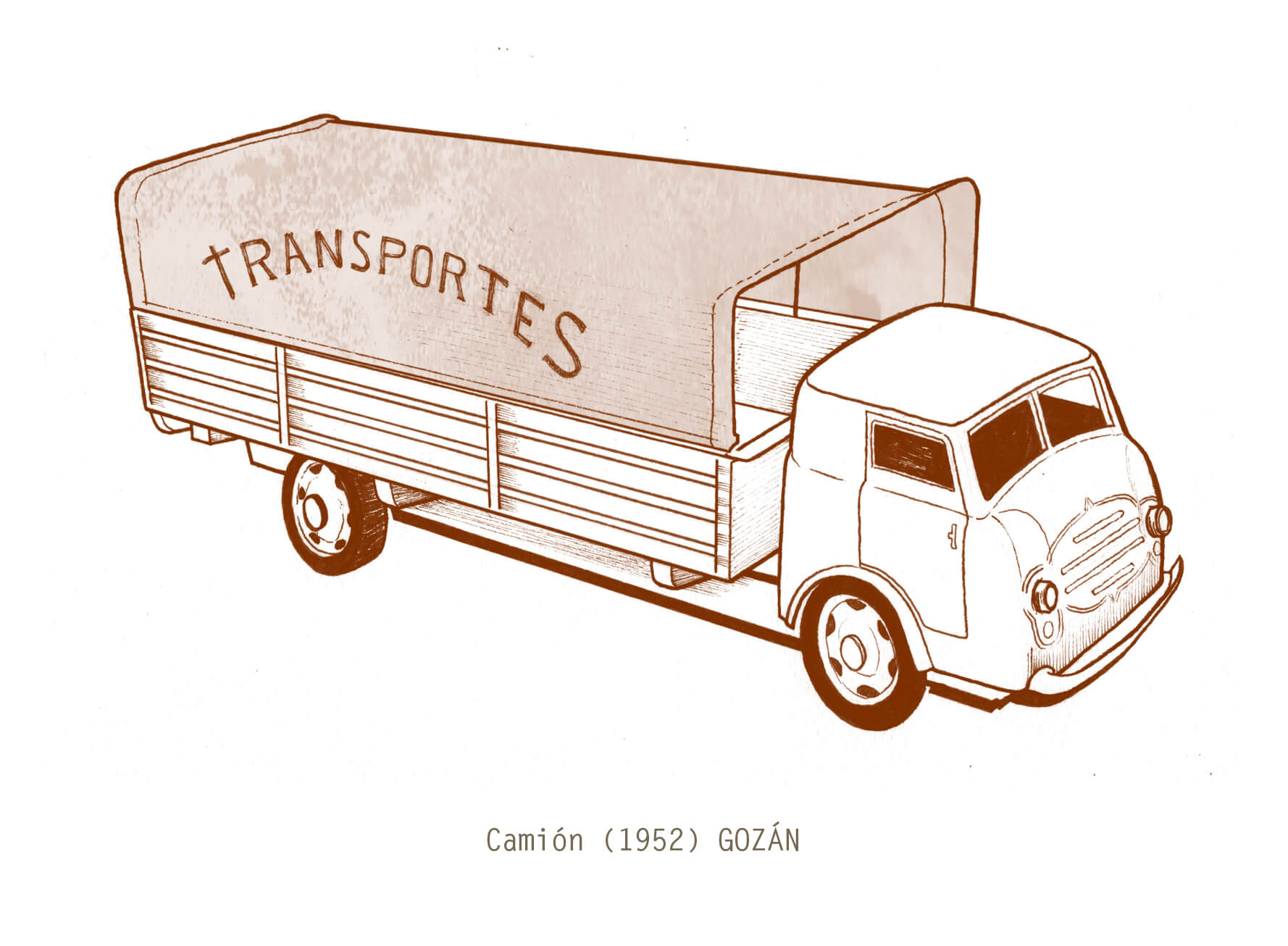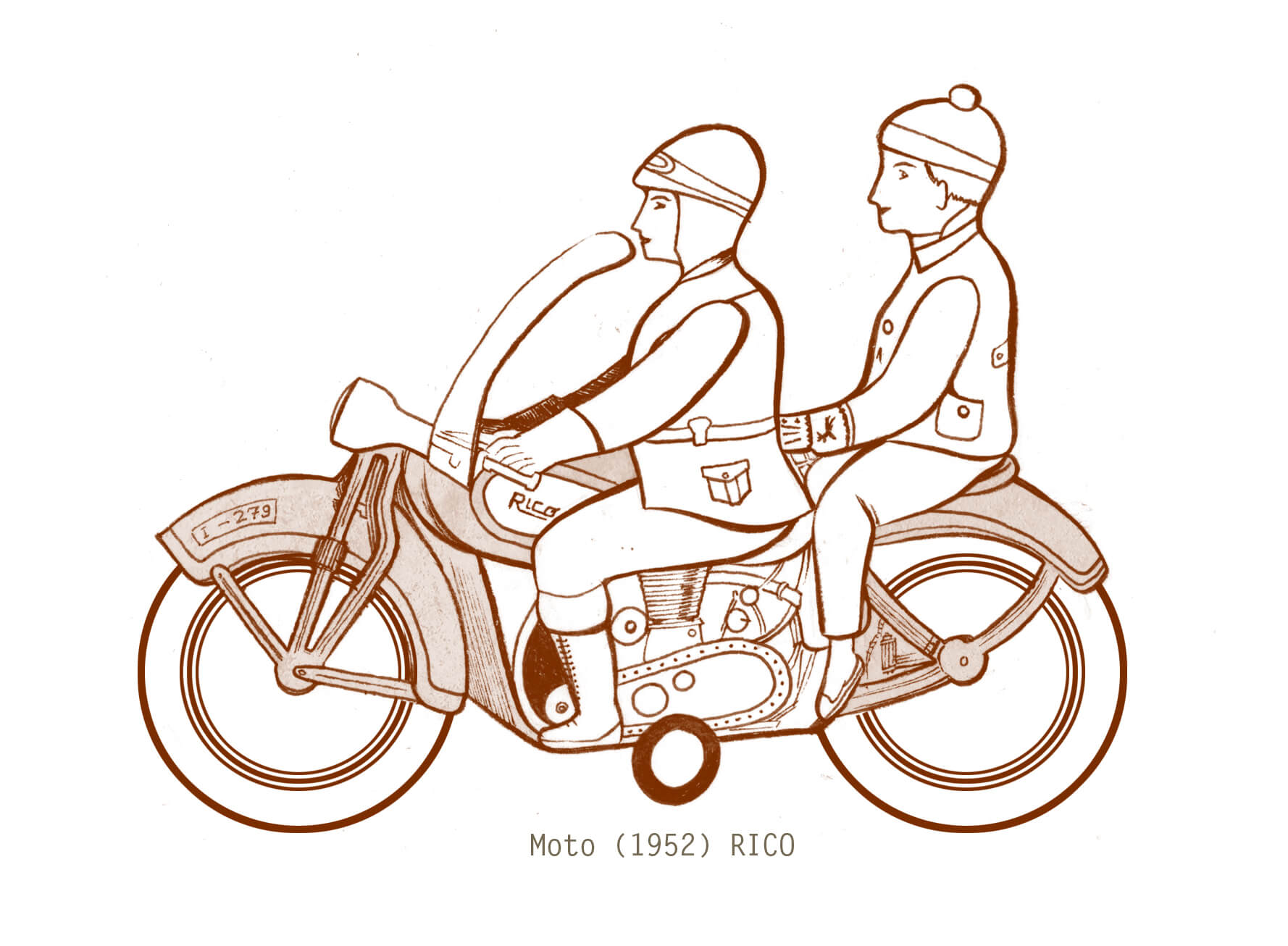The Valencian Toy Museum of Ibi is located in what was formerly the first ever factory set up in the town.
The first toys from Ibi were made in the tinsmith’s workshop owned by the Payá family which, at the end of the 19th century, was already making miniature household objects that were sold in the flea markets: buckets, cups, watering cans…for children to play with.
In 1905 Rafael Payá sold the tinsmith’s workshop to his sons and this is when toy making started to gain ground. The modernist wooden display case that stands in the lobby of the museum was used to exhibit more than one hundred pieces that had already been collected by 1909. This display cabinet was built by Luís Ferrando who was a wood carver at Payá. Years later, together with other employees, he would set up a new factory that, after having a few other names, would finally be called “Juguetes y estuches”.
The display cabinets on the left wall contain examples of the toys made by different companies that were based in Ibi, because Payá was the first but not the only toymaker: Rico, Juguetes y Estuches and Claudio Reig followed his footsteps during the first third of the 20th century. After the interruption of the Civil War and despite the related difficulties, new companies were founded in the forties. In the 1950s the toy industry in Ibi really took off, which is when the use of plastic in toy making caught on. By 1970 there were more than seventy toy factories in the town.

